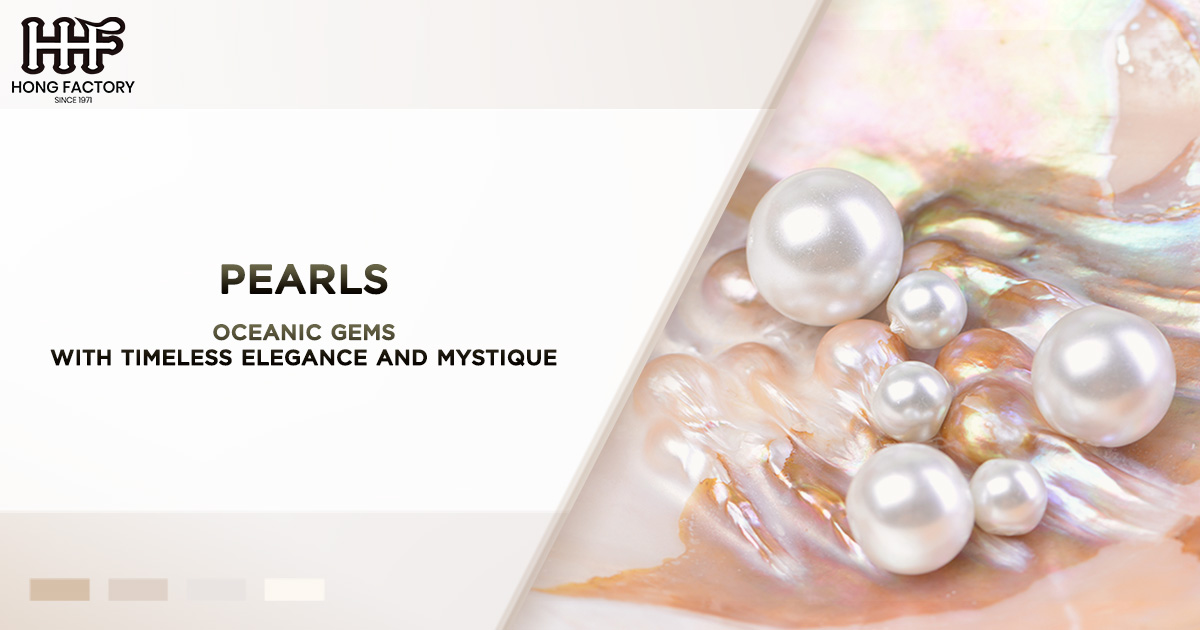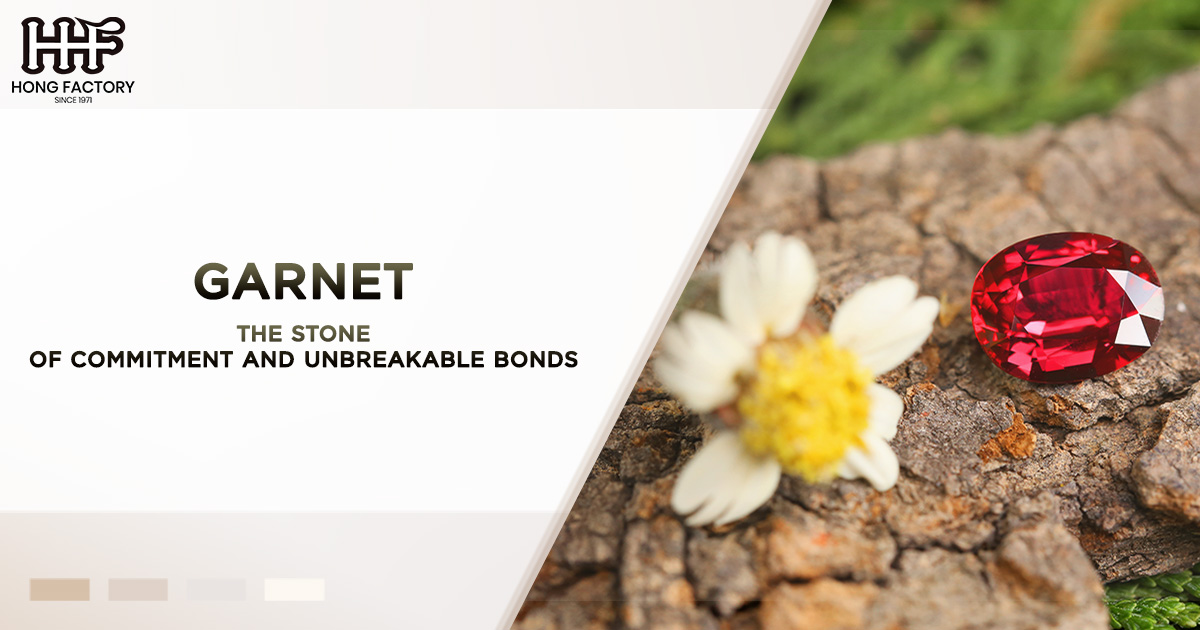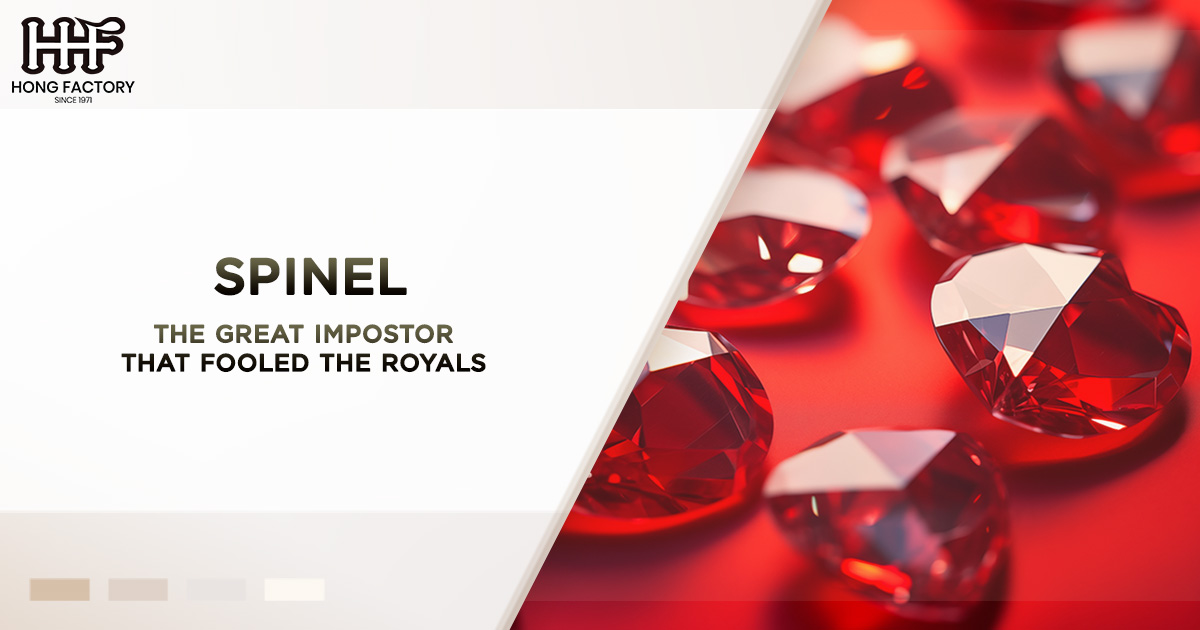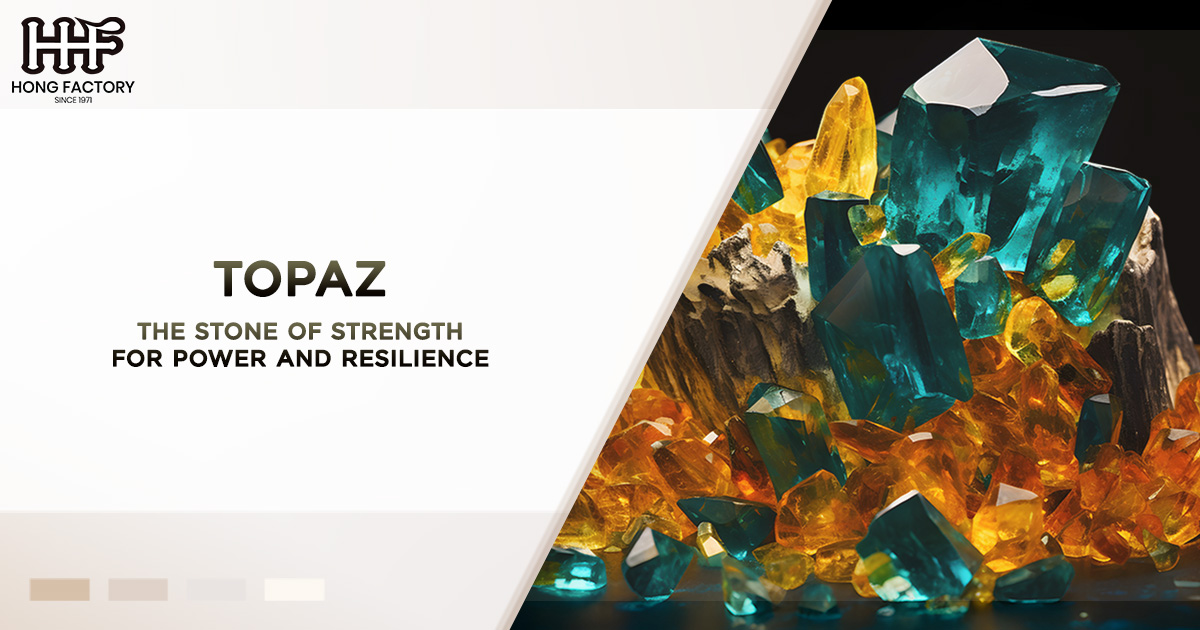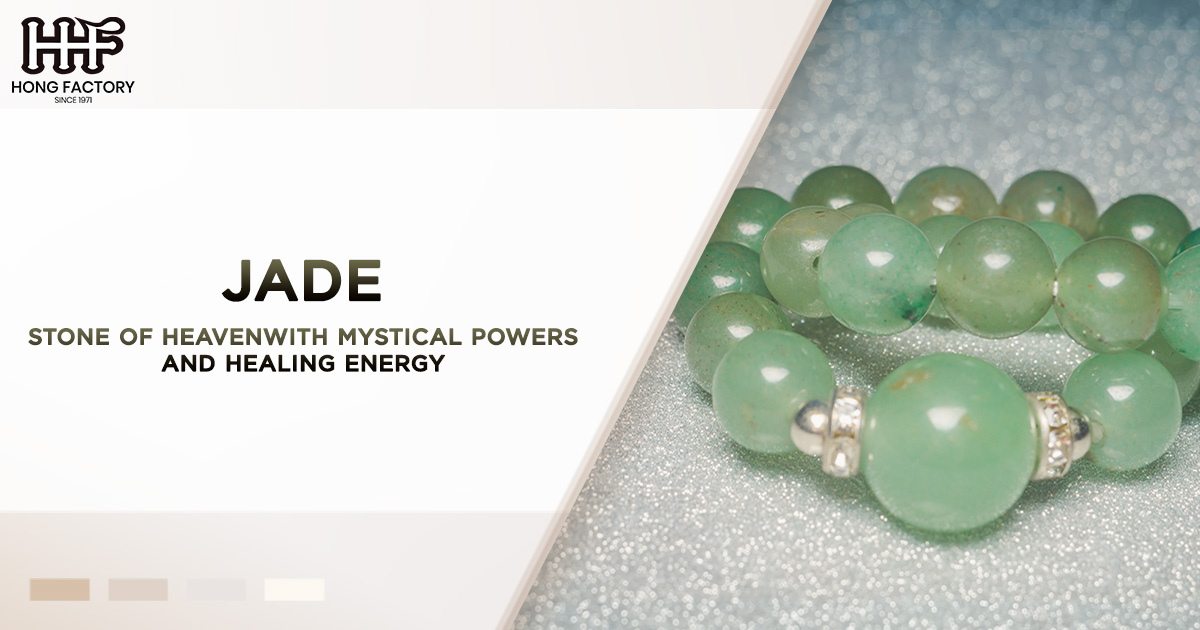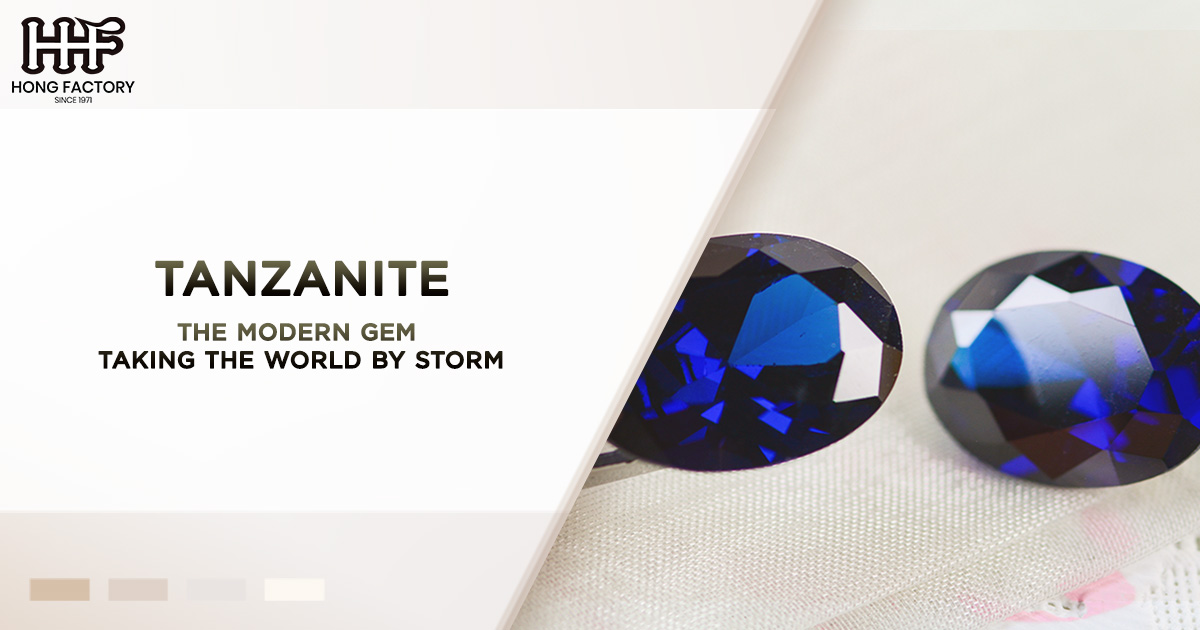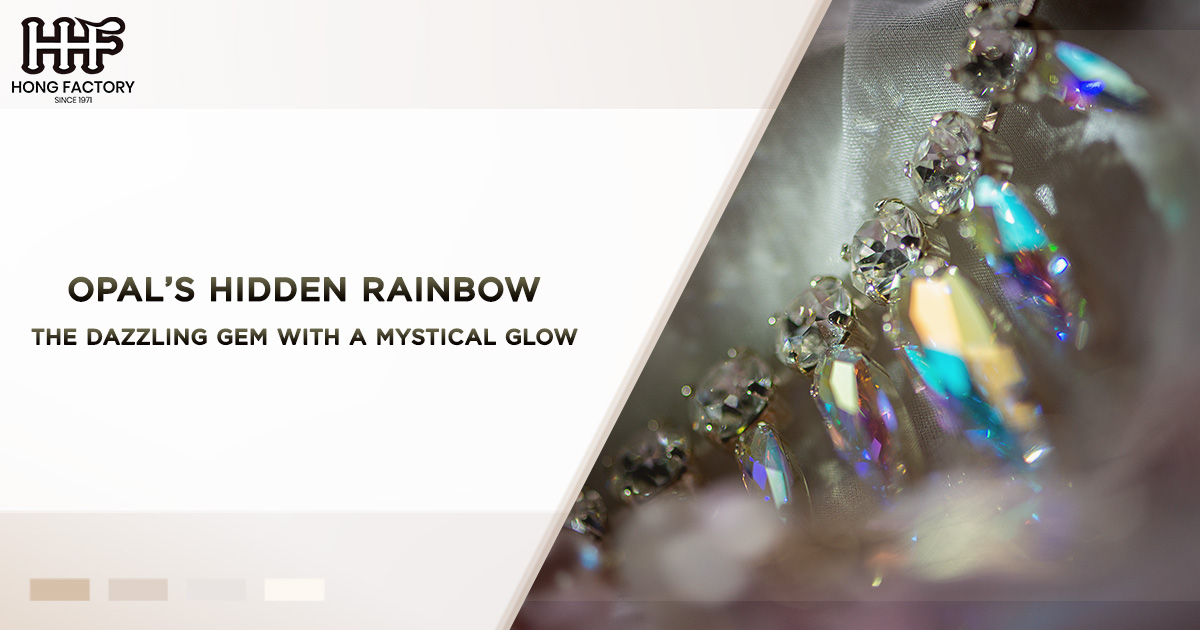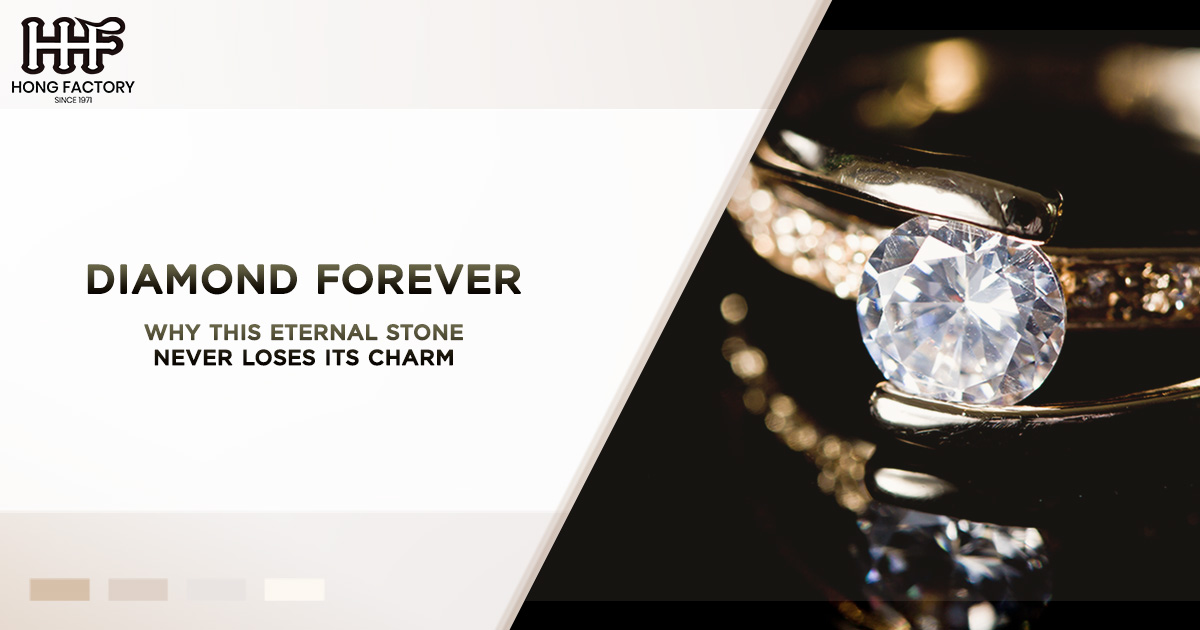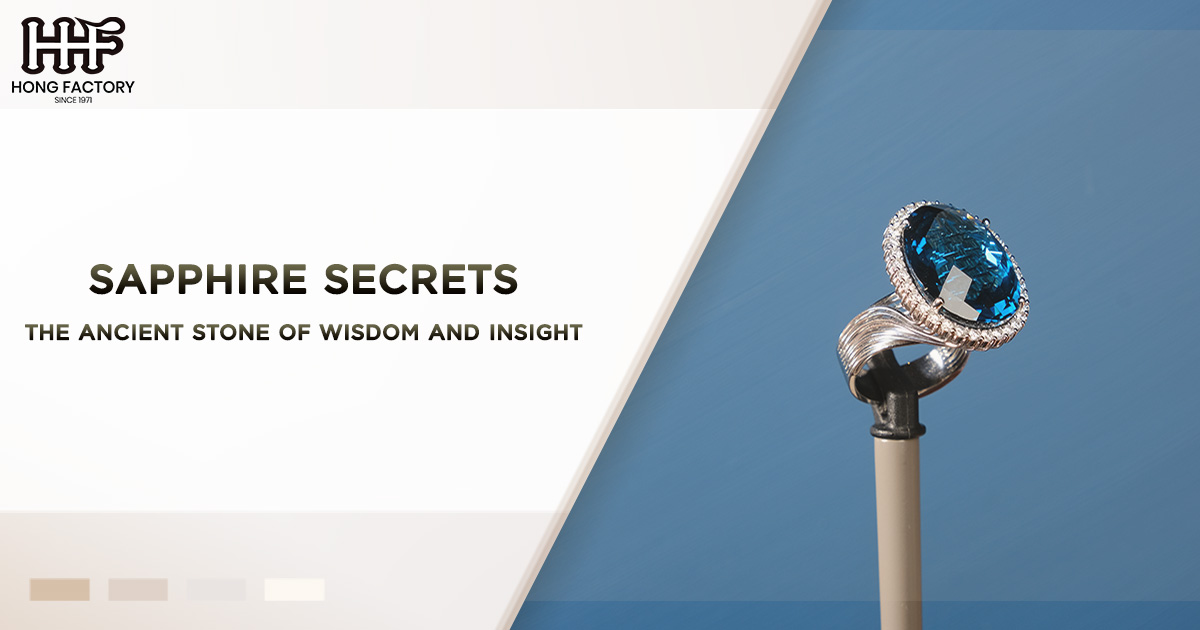For centuries, pearls have been admired for their natural beauty, elegance, and mystique. These lustrous gems, often referred to as “tears of the gods” in ancient mythology, are celebrated for their unique formation process, rarity, and exquisite allure. Unlike other gemstones that require cutting and polishing, pearls emerge from the ocean in their natural form, ready to adorn humanity’s finest jewelry. But what makes pearls so special, how do they form, and why are they cherished as organic gems with timeless beauty?
This article delves into the fascinating world of pearls, exploring their formation, the various types available, how to care for them, and the value factors that define their worth.
The Formation Process – A Miracle of Nature
Pearls are the only gemstones created by living organisms, specifically mollusks such as oysters and mussels. The formation process begins when an irritant, such as a grain of sand or a parasite, gets trapped inside the mollusk’s shell. To protect itself, the mollusk secretes a substance called nacre, also known as mother-of-pearl, layer by layer around the irritant. Over time, this accumulation of nacre creates the smooth, lustrous gem we know as a pearl.
The Role of Nacre in Pearl Formation
Nacre is composed of microscopic crystals of calcium carbonate, held together by organic proteins. This delicate blend gives pearls their signature iridescence and luster. The quality and thickness of the nacre layers determine the pearl’s surface sheen and durability. The more nacre deposited, the more lustrous and valuable the pearl becomes.
This process can take several years, and the formation of a high-quality pearl is a rare and intricate event. Natural pearls, formed without human intervention, are especially rare, making them highly prized in the jewelry world.
Cultured Pearls – A Modern Approach
While natural pearls are rare, most pearls on the market today are cultured pearls. This process involves human assistance in triggering the pearl formation by inserting a small bead or piece of tissue into the mollusk. Once the irritant is introduced, the mollusk’s natural defense mechanism kicks in, and nacre begins to form. Cultured pearls can be found in both freshwater and saltwater environments, and they are available in a wide variety of sizes, shapes, and colors.
Despite being cultured, the quality of the nacre remains a critical factor in determining the pearl’s beauty and value.
Types of Pearls – Diversity in Every Hue and Shape
Pearls come in a variety of types, each with its own distinct characteristics and unique appeal. Whether you prefer the classic white pearl or are drawn to more exotic hues, there’s a pearl type to match every taste and style.
1. Akoya Pearls
Akoya pearls are perhaps the most iconic type of pearl, known for their round shape and mirror-like luster. Cultured primarily in Japan and China, these pearls come from the Akoya oyster and are typically white or cream with subtle overtones of rose, silver, or gold. Their timeless beauty makes them a popular choice for classic pearl necklaces and earrings.
2. Tahitian Pearls
Tahitian pearls are renowned for their exotic dark colors, ranging from black and charcoal to deep greens, purples, and blues. These pearls are cultivated in the warm waters of French Polynesia, primarily from the black-lipped oyster. Tahitian pearls are often larger than Akoya pearls and have a striking, almost metallic luster that makes them a favorite for statement jewelry.
3. South Sea Pearls
South Sea pearls, primarily cultured in the waters of Australia, Indonesia, and the Philippines, are known for their large size and luxurious appearance. These pearls typically come in shades of white, silver, and gold. Their thick nacre and satin-like luster make South Sea pearls some of the most sought-after and valuable pearls in the world.
4. Freshwater Pearls
Freshwater pearls are cultivated in rivers, lakes, and ponds, primarily in China. They are known for their wide range of colors, shapes, and sizes. Unlike saltwater pearls, freshwater pearls are usually solid nacre, which gives them a softer luster but makes them more durable. They are often more affordable than their saltwater counterparts, making them an excellent choice for everyday wear.
5. Keshi Pearls
Keshi pearls are formed when a mollusk rejects or expels the nucleus used in the pearl culturing process. Because they are made entirely of nacre, Keshi pearls have an exceptionally high luster. They come in all shapes and sizes, but their irregular, baroque forms make them especially unique and prized by collectors who favor unconventional beauty.
Care Guidelines – Preserving the Beauty of Your Pearls
Pearls are delicate organic gems that require special care to maintain their beauty and luster. Unlike traditional gemstones, pearls are composed of nacre, an organic material that is sensitive to chemicals, heat, and moisture. With proper care, however, pearls can last for generations, becoming cherished heirlooms.
1. Avoid Exposure to Chemicals
One of the most important rules of pearl care is to avoid exposing them to harsh chemicals commonly found in perfumes, hairsprays, cosmetics, and cleaning products. These substances can damage the nacre, causing the pearl to lose its luster. Always apply beauty products before putting on your pearls, and wipe them gently with a soft cloth after wearing them to remove any residue.
2. Store Pearls Properly
To prevent scratching or damage, pearls should be stored separately from other jewelry. Ideally, they should be kept in a soft cloth pouch or a lined jewelry box. Avoid storing them in airtight containers, as pearls need to breathe and retain moisture to prevent drying out.
3. Wear Your Pearls Often
Interestingly, pearls benefit from being worn regularly. The natural oils from your skin help keep the nacre hydrated, ensuring that the pearls maintain their luster. However, it’s important to avoid wearing pearls during activities where they might be exposed to sweat, water, or chemicals, such as swimming or exercising.
4. Restringing Regularly
If you own a pearl necklace or bracelet, it’s essential to have it restrung periodically, especially if you wear it often. Over time, the silk or nylon thread that holds the pearls together can weaken and stretch. To prevent breakage, it’s recommended to restring pearl jewelry every two years or whenever the thread shows signs of wear.
Value Factors – What Determines a Pearl’s Worth?
The value of a pearl is determined by several factors, each contributing to the gem’s overall beauty and rarity. Understanding these factors can help you make informed decisions when purchasing pearl jewelry.
1. Luster
Luster is perhaps the most important factor in determining a pearl’s quality. It refers to the sharpness and intensity of light reflected from the surface and just beneath the surface of the pearl. High-quality pearls have a bright, mirror-like luster, while lower-quality pearls may appear dull or chalky.
2. Surface Quality
The surface of a pearl should be as smooth and blemish-free as possible. While no pearl is completely perfect, fewer surface imperfections, such as spots or bumps, will increase the pearl’s value. Pearls with a smooth, flawless surface are rare and highly prized.
3. Shape
Although round pearls are considered the most classic and desirable, pearls come in many shapes, including oval, teardrop, and baroque. Perfectly round pearls are rare and, therefore, more valuable. However, irregularly shaped baroque pearls are also appreciated for their uniqueness and artistic appeal.
4. Color
Pearls come in a variety of colors, ranging from classic white and cream to more exotic shades of black, gold, and pink. The most valuable pearls have a deep, rich body color with additional overtones that enhance their beauty. Color preference is largely subjective, but certain hues, such as gold South Sea pearls or black Tahitian pearls, tend to command higher prices due to their rarity.
5. Size
Larger pearls are generally more valuable than smaller ones, but size alone does not determine a pearl’s worth. A smaller pearl with excellent luster and surface quality can be more valuable than a larger pearl with blemishes or poor luster. South Sea pearls, in particular, are known for their large size, often exceeding 15mm in diameter.
Conclusion – The Enduring Allure of Pearls
Pearls, with their rich history, organic origins, and timeless elegance, continue to captivate jewelry enthusiasts around the world. These oceanic gems, formed layer by layer through the miracle of nature, are a testament to the beauty that lies beneath the sea. Whether you prefer the classic allure of Akoya pearls, the exotic charm of Tahitian pearls, or the artistic intrigue of baroque shapes, there is a pearl for every style and occasion.
By understanding the formation process, different types, care guidelines, and value factors of pearls, you can appreciate these organic gems even more. With proper care, pearls can become cherished heirlooms, passed down through generations, continuing to evoke the same sense of wonder and beauty they have inspired for centuries.

